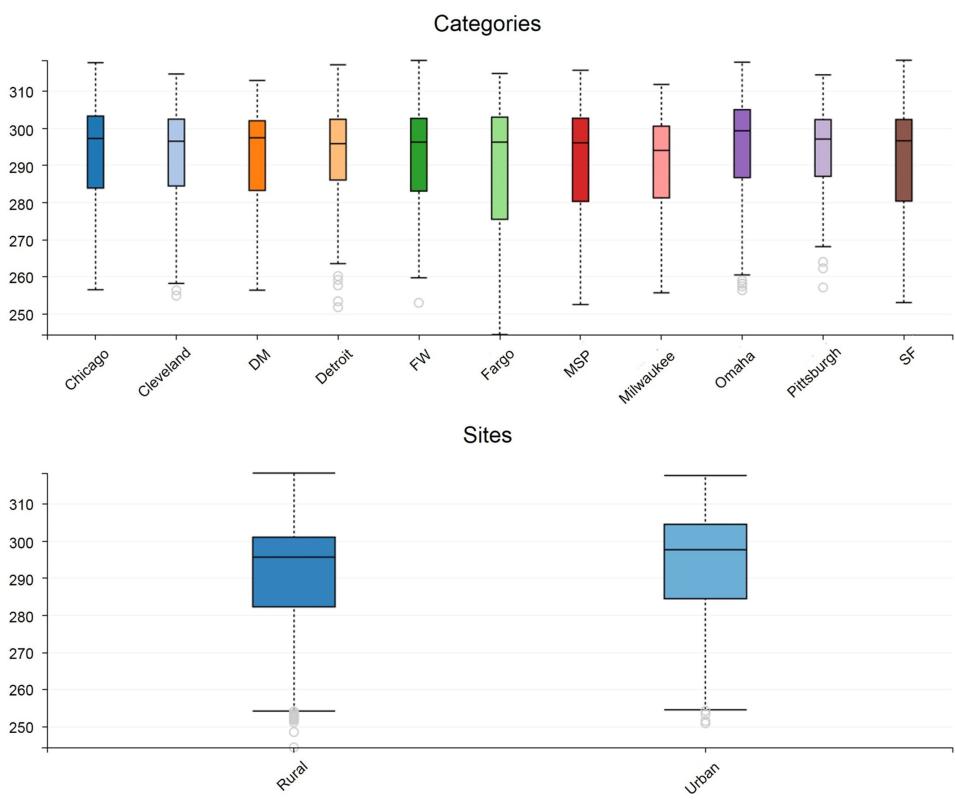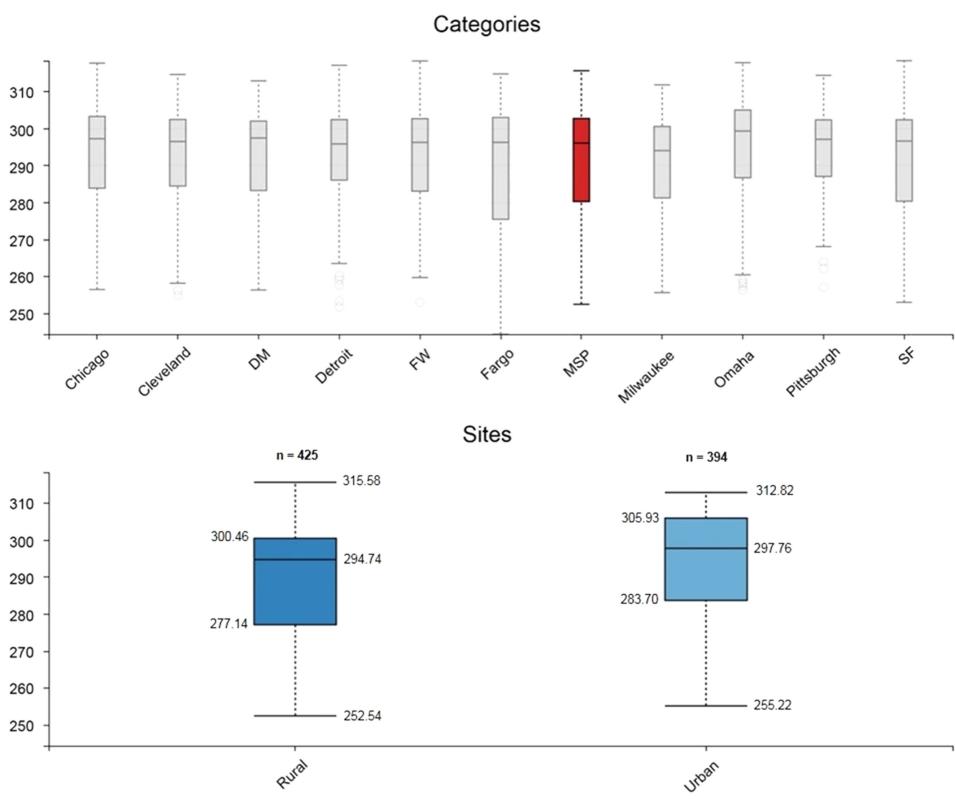Introduction
June 21 marks the Summer Solstice, ushering in the arrival of summer, and generally warmer temperatures. The ~250 million urban dwellers in the US will feel the heat of summer even more so than their rural counterparts. Why? Because of the Urban Heat Island (UHI) effect, or the general phenomenon of higher temperatures in urban areas versus the surrounding countryside. UHIs are generally measured by urban-rural air temperature differences, whereas land surface temperatures (LST), often captured by satellite sensors, measure the Surface Urban Heat Island (SUHI). The Moderate Resolution Imaging Spectroradiometer (MODIS) is an instrument aboard the Terra and Aqua platforms that provides daily global LST observations.


